Home>Interior Design>How To Mix Metals: Expert Tips For Combining Finishes Perfectly
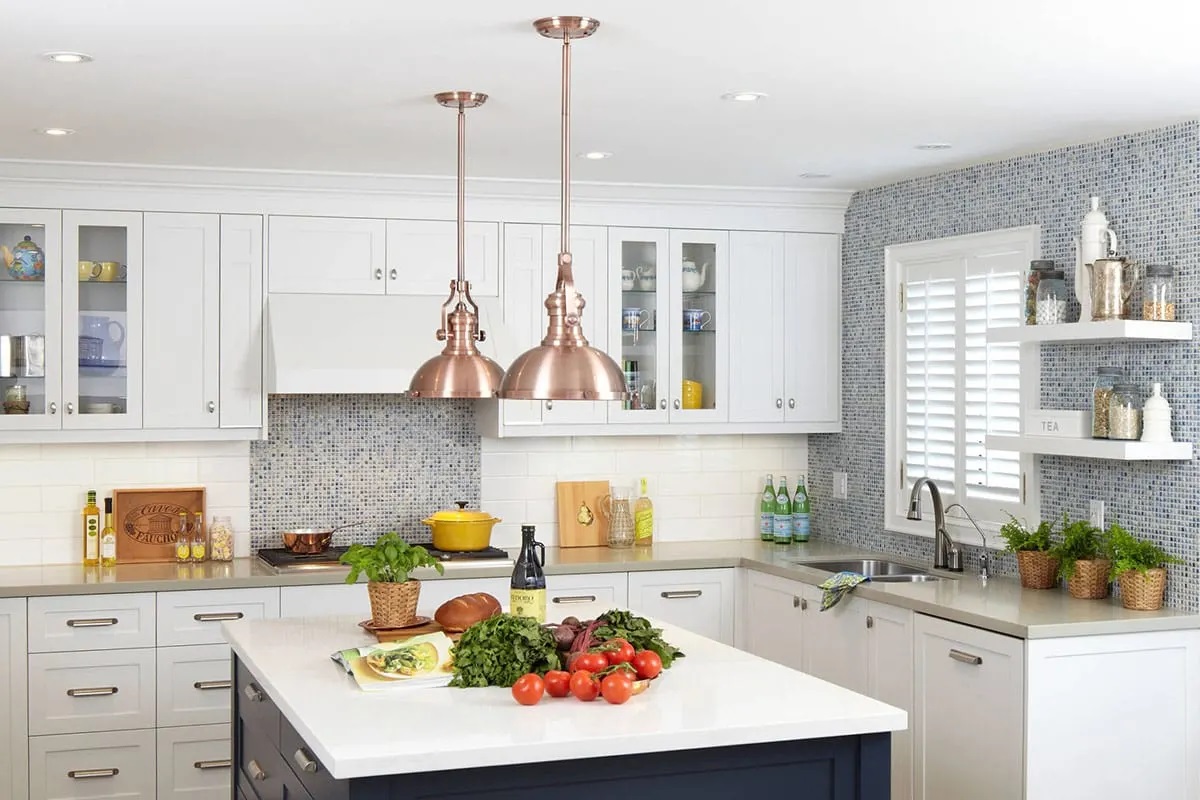

Interior Design
How To Mix Metals: Expert Tips For Combining Finishes Perfectly
Modified: August 28, 2024
Learn the art of mixing metals in interior design with our expert tips. Discover how to combine finishes perfectly for a stunning and harmonious result.
(Many of the links in this article redirect to a specific reviewed product. Your purchase of these products through affiliate links helps to generate commission for Storables.com, at no extra cost. Learn more)
Introduction
Welcome to the world of interior design, where every element plays a vital role in creating a harmonious and visually appealing space. One such element that can have a significant impact on the overall look and feel of a room is metal finishes. From polished brass and brushed nickel to blackened steel and antique bronze, the possibilities are endless when it comes to incorporating metal into your design scheme.
However, mixing different metal finishes can be a daunting task, as it requires a careful balance of colors, textures, and aesthetics. In this article, we will provide you with expert tips on how to combine metal finishes perfectly, ensuring a cohesive and stylish look for your space.
Before we dive into the specifics, it’s essential to have a basic understanding of metal finishes and their characteristics. Different metals have distinct colors, textures, and sheens, which can greatly impact the overall visual effect. Understanding these nuances will help you make informed decisions when it comes to mixing and matching metal finishes in your interior design.
So, let’s explore the wonderful world of metal finishes and discover how you can expertly combine them to create a stunning and cohesive space.
Key Takeaways:
- Create a visually captivating space by mixing warm and cool metal finishes in a 60-40 or 70-30 ratio, adding depth and balance to your interior design.
- Incorporate metal accents strategically to elevate your space, whether through hardware, lighting, furniture, or accessories, for a polished and stylish look.
Read more: The Alchemy Of Metallic Paint Finishes
Understanding Metal Finishes
When it comes to metal finishes, there is a wide range of options to choose from, each with its own unique characteristics. Understanding these finishes will be crucial in effectively mixing them to create a cohesive and visually pleasing design scheme.
One of the first things to consider is the color of the metal finishes. Some common finishes include brass, copper, nickel, bronze, and chrome. Each of these metals has its own distinct color and undertones. For example, brass has warm, golden tones, while nickel tends to have cooler, silvery tones. These color variations can greatly impact the overall mood and aesthetic of a space.
In addition to color, the texture and sheen of the metal finishes also play a significant role. Some finishes have a high-shine, reflective surface, while others may have a brushed or matte appearance. These different textures can add depth and visual interest to a room.
Another factor to consider is the durability and maintenance of different metal finishes. Some finishes, such as chrome and stainless steel, are highly durable and resistant to corrosion, making them ideal for high-traffic areas like kitchens and bathrooms. On the other hand, finishes like copper and brass may require more frequent polishing and maintenance to keep them looking their best.
Lastly, it’s important to consider the style and aesthetic of the space you are designing. Some metal finishes, like antique bronze or patinaed copper, have a more rustic and vintage feel, while others, like chrome or polished nickel, have a sleek and contemporary vibe. Understanding the desired style will help guide your selection of metal finishes to ensure they align with the overall aesthetic of the room.
By understanding the characteristics of different metal finishes, you can begin to envision how they will work together in your design. Whether you want to create a cohesive and harmonious look or add contrast and visual interest, a solid understanding of metal finishes will be invaluable in achieving your desired outcome.
Using a Consistent Color Palette
When it comes to mixing metal finishes, one of the key considerations is maintaining a consistent color palette. Choosing metal finishes that complement each other in terms of color will help create a cohesive and visually appealing space.
Start by selecting a dominant metal finish that will serve as the anchor for your design. This could be a finish that is already present in your space or one that you find particularly appealing. Once you have your anchor finish, you can then choose secondary finishes that harmonize with it.
One approach is to stick to finishes within the same color family. For example, if you have chosen a warm-toned brass as your anchor finish, consider adding secondary finishes like copper or gold. These finishes will complement each other beautifully and create a sense of visual harmony.
On the other hand, if you prefer a cooler-toned finish like brushed nickel, you could pair it with finishes like chrome or stainless steel. The cohesive color palette will tie the different finishes together, creating a unified look.
Don’t be afraid to mix finishes with different levels of saturation or depth. For instance, you can combine a highly polished brass with a brushed brass finish for added visual interest and dimension. The key is to strike a balance and ensure that the finishes work well together within the overall color palette.
Remember, the goal is to create a cohesive and visually pleasing space. Using a consistent color palette will help achieve this and prevent the metal finishes from clashing or overpowering each other.
Additionally, consider the existing colors and materials in your space when selecting metal finishes. Take note of the dominant hues in your furniture, walls, and accessories, and choose metal finishes that will complement or enhance these colors. This will create a harmonious and balanced design.
By using a consistent color palette, you can create a visually cohesive and pleasing look when mixing metal finishes. It will tie the different finishes together and create a sense of unity in your space. So, be mindful of color when selecting and combining metal finishes to achieve a beautifully coordinated design scheme.
Balancing Warm and Cool Tones
When it comes to mixing metal finishes, it’s important to consider the balance between warm and cool tones. Incorporating a mix of warm and cool metal finishes can add depth and visual interest to your space.
Warm-toned metal finishes, such as brass and copper, exude a sense of warmth, richness, and elegance. These finishes can add a touch of vintage charm or a cozy, inviting atmosphere to a room. On the other hand, cool-toned metal finishes, like polished chrome or stainless steel, give a more contemporary and sleek look.
The key is to strike a balance between warm and cool tones to create a visually pleasing and harmonious space. One approach is to use a 60-40 or 70-30 ratio, where the dominant tone makes up the larger percentage, and the complementary tone makes up the smaller percentage. For example, if you want a warmer overall aesthetic, you can choose brass as your dominant tone and balance it with smaller accents of cool-toned finishes like brushed nickel or stainless steel.
Another way to achieve a harmonious balance is by creating focal points with contrasting tones. For instance, you could use a warm-toned metal finish on a light fixture or a piece of furniture while incorporating cool-toned accents in the surrounding accessories or hardware.
Additionally, consider the overall color scheme and style of your space. Warm-toned finishes tend to work well with earthy, neutral color palettes, whereas cool-toned finishes can complement more vibrant and contemporary color schemes. By aligning the tone of your metal finishes with the overall aesthetic of your space, you can create a cohesive and visually pleasing design.
Remember, the goal is to create a harmonious balance between warm and cool tones. Whether you choose to have a dominant warm or cool tone, incorporating elements from the opposite end of the spectrum will add depth and visual interest to your space. So, experiment with different combinations and find the right balance that suits your desired aesthetic.
Mixing High-Shine and Matte Finishes
Combining high-shine and matte metal finishes can create a visually dynamic and interesting design scheme. The contrast between these two finishes adds depth and texture to your space.
High-shine finishes, such as polished brass or chrome, reflect light and create a glamorous and luxurious atmosphere. These finishes are perfect for adding a touch of elegance and sophistication to your interiors. On the other hand, matte finishes, like brushed nickel or antiqued bronze, have a more subdued and understated appearance. They can add a sense of depth and texture without being too visually demanding.
One way to successfully mix high-shine and matte finishes is by creating a focal point. Choose one area or object in your space to feature the high-shine finish, such as a light fixture, hardware, or a decorative accessory. This will draw attention and create a statement piece. Surround this focal point with complementary matte finishes to create a balanced and cohesive look. The contrast between the two finishes will make the high-shine element stand out even more.
Another approach is to mix high-shine and matte finishes throughout the space in smaller accents. For example, you can have a high-shine chandelier paired with matte-finished drawer pulls or a glossy brass side table contrasting with a matte-finished mirror frame. This allows for a more subtle and harmonious integration of the different finishes.
Keep in mind that the key is to maintain balance and harmony in your design. Don’t overwhelm the space with too many high-shine or matte finishes in one area. Instead, distribute them strategically, allowing each finish to shine in its own right.
Lastly, consider the overall style and aesthetic of your space when choosing high-shine and matte finishes. High-shine finishes tend to work well in contemporary and glamorous designs, while matte finishes lend themselves to more rustic or vintage-inspired interiors. Select finishes that align with the desired style to create a cohesive and visually pleasing look.
By mixing high-shine and matte finishes, you can create a visually dynamic and textured space. The contrast between these two finishes adds depth and interest, creating a stylish and visually captivating design scheme.
When mixing metals, choose a dominant finish and then incorporate one or two complementary finishes in smaller accents, such as hardware or lighting fixtures, to create a cohesive and balanced look.
Creating Contrast with Textures
Texture plays a crucial role in interior design, and mixing different metal finishes with varying textures can add depth and visual interest to your space. Combining textures creates a contrast that adds a layer of complexity to your design scheme.
When selecting metal finishes, consider their textures. Some finishes have a smooth and polished surface, while others have a brushed or hammered texture. These textures can create different visual effects and evoke different moods in a room.
One way to create contrast with textures is by selecting finishes with opposing textures. For example, pair a smooth and glossy finish like polished brass with a rougher texture like hammered copper. The juxtaposition of these textures will create an eye-catching contrast that adds visual intrigue to your space.
Another approach is to select finishes with similar textures but different sheens. For instance, choosing a brushed nickel and a brushed gold finish will create a subtle contrast in texture while maintaining a cohesive look. This approach works especially well if you prefer a more understated and refined design aesthetic.
Consider the overall style and mood you want to create in your space. If you want a more modern and sleek feel, opt for smooth and high-shine finishes. If you’re going for a rustic or industrial look, textured and matte finishes may be more suitable.
When incorporating textures, be mindful of their placement and distribution within the space. You can use textures strategically to highlight certain areas or elements. For example, use a textured finish on a focal point like a fireplace surround or a feature wall, while opting for smoother finishes on other surfaces.
It’s important to strike a balance and not overwhelm the space with too many textures. Too much texture can create a cluttered and chaotic look. Instead, choose a few key areas to introduce contrasting textures and let them be the highlight of the space.
By incorporating contrasting textures in your metal finishes, you can create a visually captivating and dynamic space. The contrast adds depth and visual interest, creating a multi-dimensional and engaging design scheme.
Pairing Similar Finishes with Different Materials
When it comes to mixing metal finishes, one effective strategy is to pair similar finishes with different materials. This creates an interesting juxtaposition of textures and materials, adding depth and visual intrigue to your space.
Start by selecting a metal finish that serves as your anchor, whether it be polished brass, brushed nickel, or any other preferred finish. Then, instead of using that same metal finish throughout the entire space, opt for different materials in conjunction with that finish.
For example, if your anchor finish is polished brass, consider pairing it with materials like wood, glass, or marble. These materials have their own unique textures and visual qualities that can complement the metallic sheen of the brass. The contrast between the warm, reflective brass and the natural or sleek textures of the other materials creates a visually captivating and balanced look.
Similarly, if your anchor finish is brushed nickel, complement it with materials like leather, fabric, or concrete. The combination of the cool, brushed nickel with the warmth and texture of different materials adds depth and visual interest to your design scheme.
When pairing similar finishes with different materials, it’s important to consider the overall style and aesthetic of your space. For a more contemporary and sleek look, consider pairing metal finishes with materials like glass or concrete. If you prefer a more rustic or organic feel, opt for metal finishes with wood or natural fiber materials.
Additionally, think about the function and purpose of the elements you’re incorporating. For example, in a kitchen, you could pair a stainless steel faucet with a marble backsplash or wooden countertops. In a living room, you might combine a brass coffee table with velvet upholstery on a sofa. These pairings not only create visual interest but also serve a practical purpose.
By pairing similar metal finishes with different materials, you can create a visually captivating and harmonious space. The combination of textures and materials adds depth and complexity to your design, creating a unique and engaging aesthetic.
Incorporating Metal Accents
When it comes to interior design, metal accents can be the perfect finishing touch to elevate the overall look and feel of a space. Whether it’s small details like hardware and accessories or larger elements like furniture or light fixtures, incorporating metal accents can add a touch of sophistication and glamour to your design scheme.
One way to incorporate metal accents is by focusing on smaller details such as drawer pulls, cabinet knobs, or door handles. These small touches can have a significant impact on the overall aesthetic of your space. For example, opting for brass or gold-toned hardware in a kitchen or bathroom can instantly add a luxurious and elegant vibe.
Lighting fixtures are another excellent way to introduce metal accents into your interior design. Whether it’s a pendant light, chandelier, or wall sconce, metal finishes in lighting can enhance the ambiance and create a focal point in a room. Consider selecting a statement piece with a bold metal finish to become a visual centerpiece.
Furniture with metal accents can also make a strong style statement. From sleek and contemporary metal-framed chairs to vintage-inspired brass-legged tables, incorporating metal furniture pieces can add a modern and sophisticated touch to your space.
In addition to hardware, lighting, and furniture, accessories such as mirrors, frames, and decorative objects can provide opportunities to introduce metal accents into your design. A mirror with a metal frame can serve as a functional and stylish piece that adds depth to any space. Decorative objects like metal sculptures, bowls, or candle holders can also enhance the visual appeal and bring a polished finish to your decor.
When incorporating metal accents, be mindful of the overall aesthetic and style of your space. Consider the existing color palette, textures, and materials in the room, and select metal finishes that complement and enhance these elements. A golden brass finish may provide a warm and luxurious feel, while a sleek chrome finish can create a contemporary and polished look.
Remember to strike a balance with metal accents. Too many metallic elements can overwhelm a space, so choose the placement of these accents carefully. Distribute them strategically throughout the room to create focal points and visual interest.
Incorporating metal accents is an effective way to add a touch of elegance and sophistication to your interior design. Whether through small details or statement pieces, these accents can enhance the overall aesthetic and create a polished and stylish space.
Considering the Overall Aesthetic
When it comes to mixing metal finishes, it is crucial to consider the overall aesthetic and style of your space. Every design choice, including metal finishes, should contribute to a cohesive and visually pleasing look that aligns with your desired aesthetic.
Start by defining the overall aesthetic you want to achieve. Are you aiming for a modern, minimalist look? Or perhaps a cozy, rustic vibe? Understanding the style and mood you want to create will guide your selection and combination of metal finishes.
For a contemporary and sleek aesthetic, opt for metal finishes with clean lines and high-shine surfaces, such as polished chrome or brushed stainless steel. These finishes will contribute to a modern and polished look that emphasizes simplicity and sophistication.
If you prefer a more rustic or industrial aesthetic, consider finishes like weathered bronze or antiqued brass. These finishes have a more aged and vintage look that can add character and warmth to your space.
For a glamorous and luxurious vibe, go for metallic finishes like gold or polished brass. These finishes are perfect for adding an air of elegance and opulence to any room. Pair them with plush textures and rich colors to create a truly decadent space.
It’s important to remember that when considering the overall aesthetic, you should also take into account other design elements like color palette, materials, and patterns. Metal finishes should complement and enhance these elements rather than compete with or overpower them.
Consider the existing colors in your space and choose metal finishes that either complement or create a contrast with those colors. For instance, warm metal finishes like brass or gold can pair beautifully with earthy neutral tones, while cool-toned metals like chrome or silver can complement a palette of blues and grays.
Incorporate metal finishes in a way that balances with other materials in the room. For example, if you have predominantly wooden furniture, choose metal finishes that complement the warm tones of the wood, such as bronze or copper.
Patterns can also be a consideration when selecting and combining metal finishes. If you have bold patterns in your space, it may be best to opt for simpler and more understated metal finishes to avoid overwhelming the visual space.
By considering the overall aesthetic of your space and selecting metal finishes that align with that aesthetic, you can create a cohesive and visually pleasing design. Each metal finish will contribute to the overall look and feel, enhancing the space and bringing your desired aesthetic to life.
Conclusion
Incorporating metal finishes in your interior design is an art that requires careful consideration and a keen eye for detail. By following expert tips and guidelines, you can mix and match metal finishes to create a harmonious and visually appealing space.
Understanding the characteristics of different metal finishes, such as color, texture, and sheen, is essential in making informed design decisions. By selecting finishes that complement each other and align with the overall aesthetic of your space, you can achieve a cohesive and stylish look.
Using a consistent color palette helps create unity and cohesion among different metal finishes. By selecting finishes within the same color family or complementary colors, you can create a visually pleasing and harmonious design scheme.
Balancing warm and cool tones in your metal finishes adds depth and visual interest to your space. Whether you choose a dominant warm or cool tone, incorporating elements from the opposite end of the spectrum creates a dynamic and balanced look.
Mixing high-shine and matte finishes introduces contrast and texture to your design. Whether through focal points or smaller accents, combining these different finishes creates visual intrigue and depth.
Creating contrast with textures by pairing different metal finishes adds visual interest. By selecting finishes with contrasting textures or sheens, you can create a multi-dimensional and engaging design scheme.
Pairing similar finishes with different materials adds depth and visual appeal to your space. By combining metal finishes with materials like wood, glass, or fabric, you can create a striking juxtaposition that enhances the overall aesthetic.
Incorporating metal accents, whether through hardware, lighting, furniture, or accessories, elevates the overall look and feel of your design. Strategically placing these accents adds sophistication and glamour to your space.
Lastly, considering the overall aesthetic throughout the design process ensures a cohesive and visually pleasing result. By selecting metal finishes that align with your desired aesthetic and complement other design elements, you can create a harmonious and visually captivating space.
In conclusion, mixing metal finishes requires a balance of creativity, knowledge, and attention to detail. By following expert tips and considering the various factors discussed, you can confidently blend different metal finishes to create a stunning and cohesive interior design that reflects your unique style and personality.
Frequently Asked Questions about How To Mix Metals: Expert Tips For Combining Finishes Perfectly
Was this page helpful?
At Storables.com, we guarantee accurate and reliable information. Our content, validated by Expert Board Contributors, is crafted following stringent Editorial Policies. We're committed to providing you with well-researched, expert-backed insights for all your informational needs.
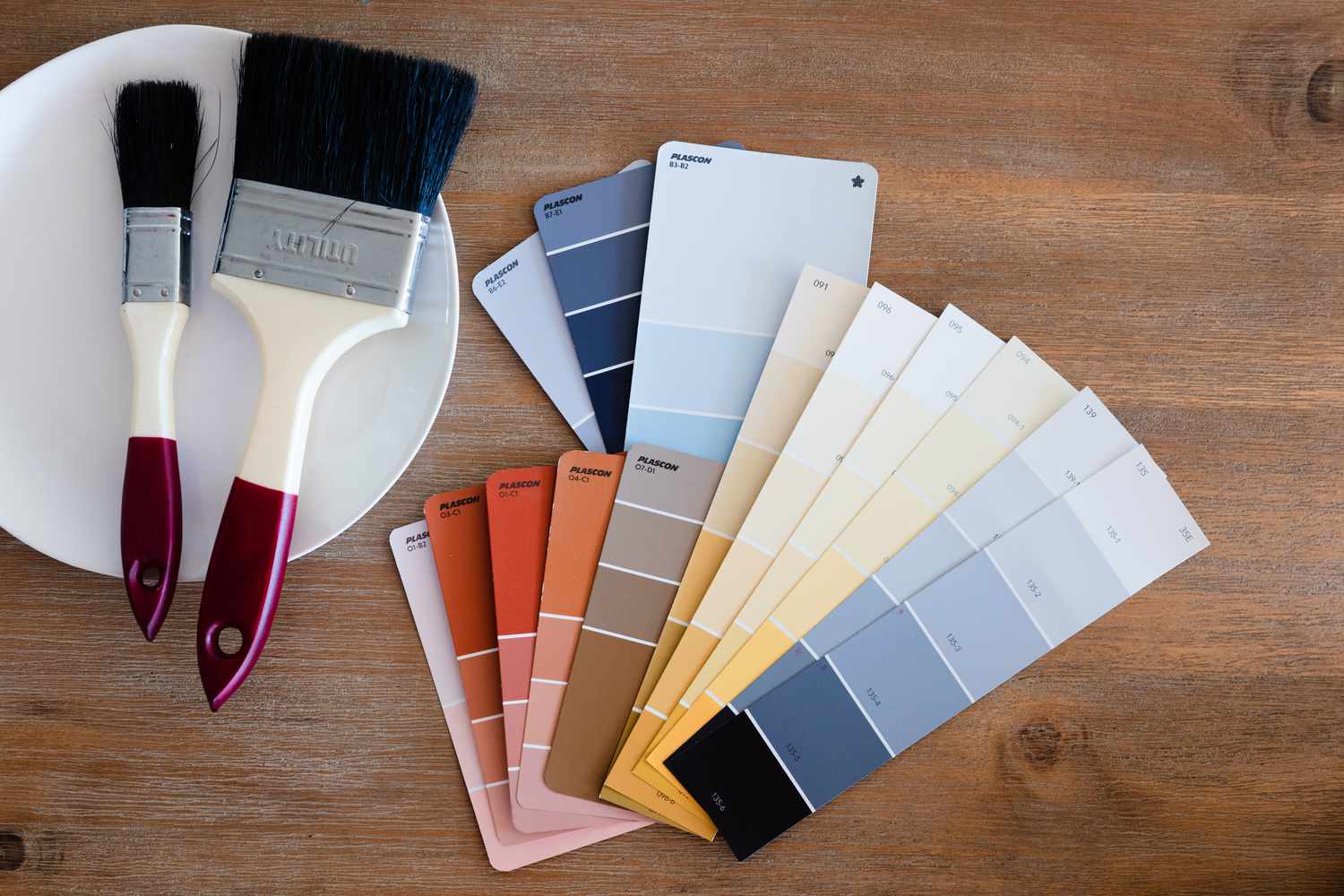
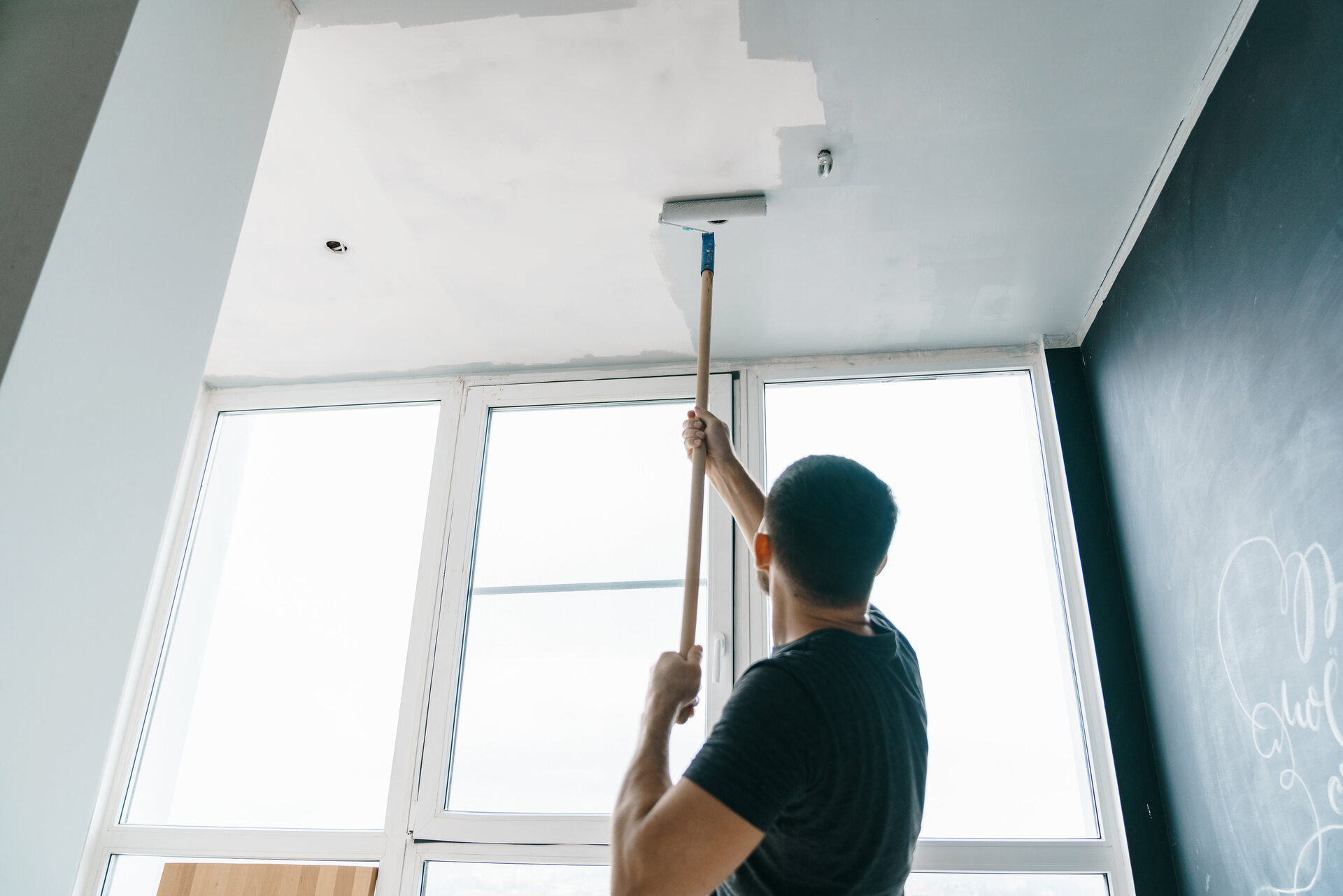
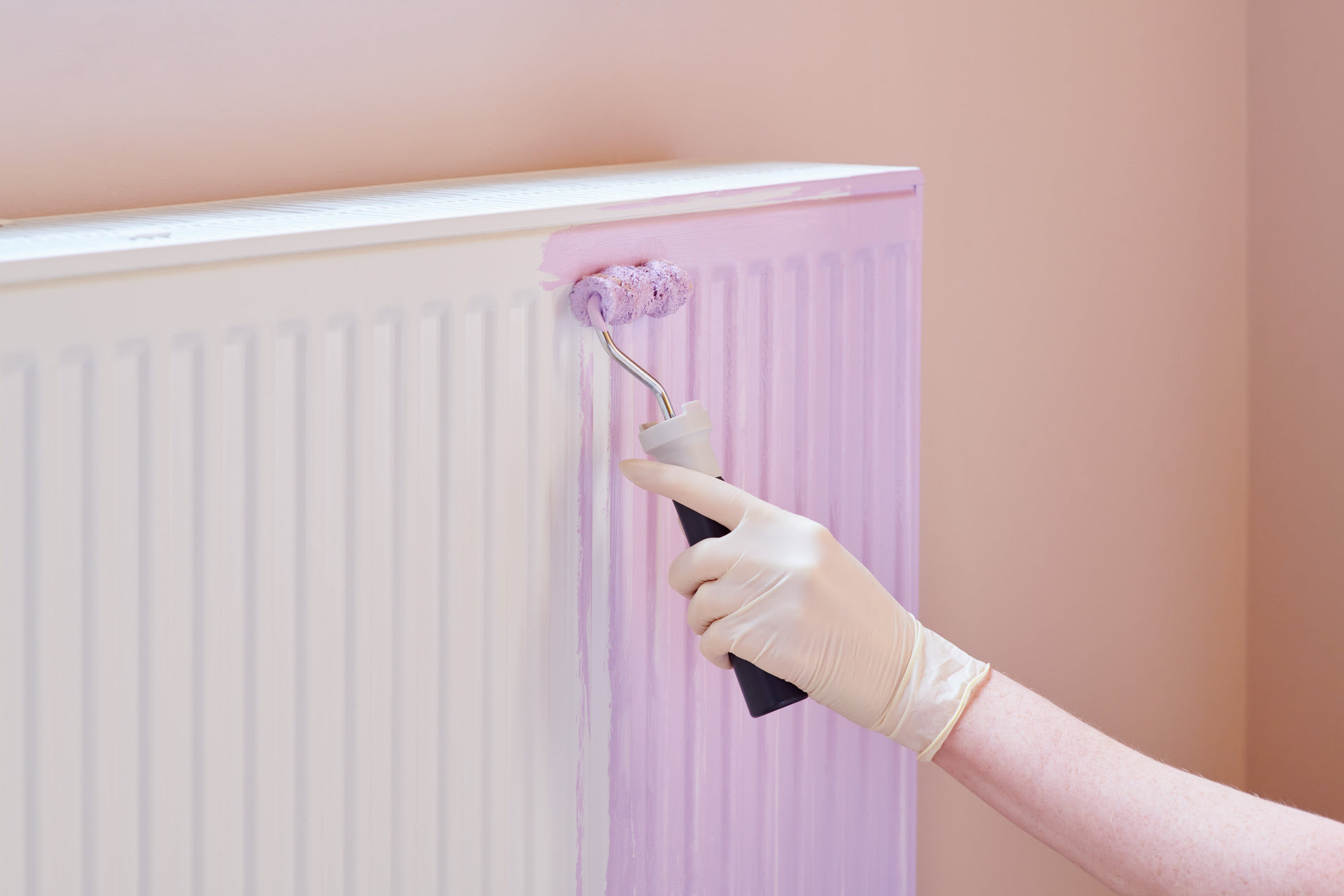
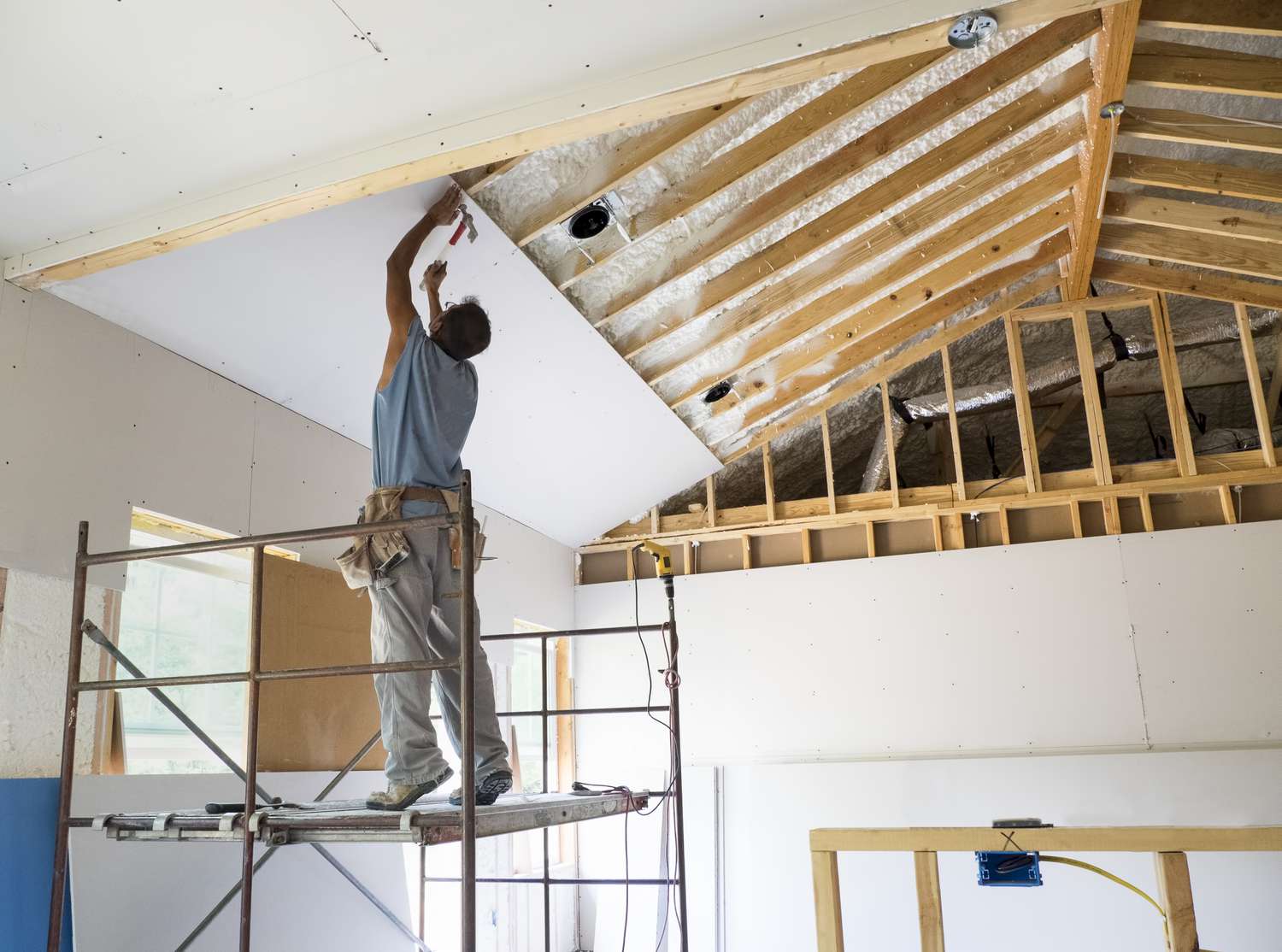
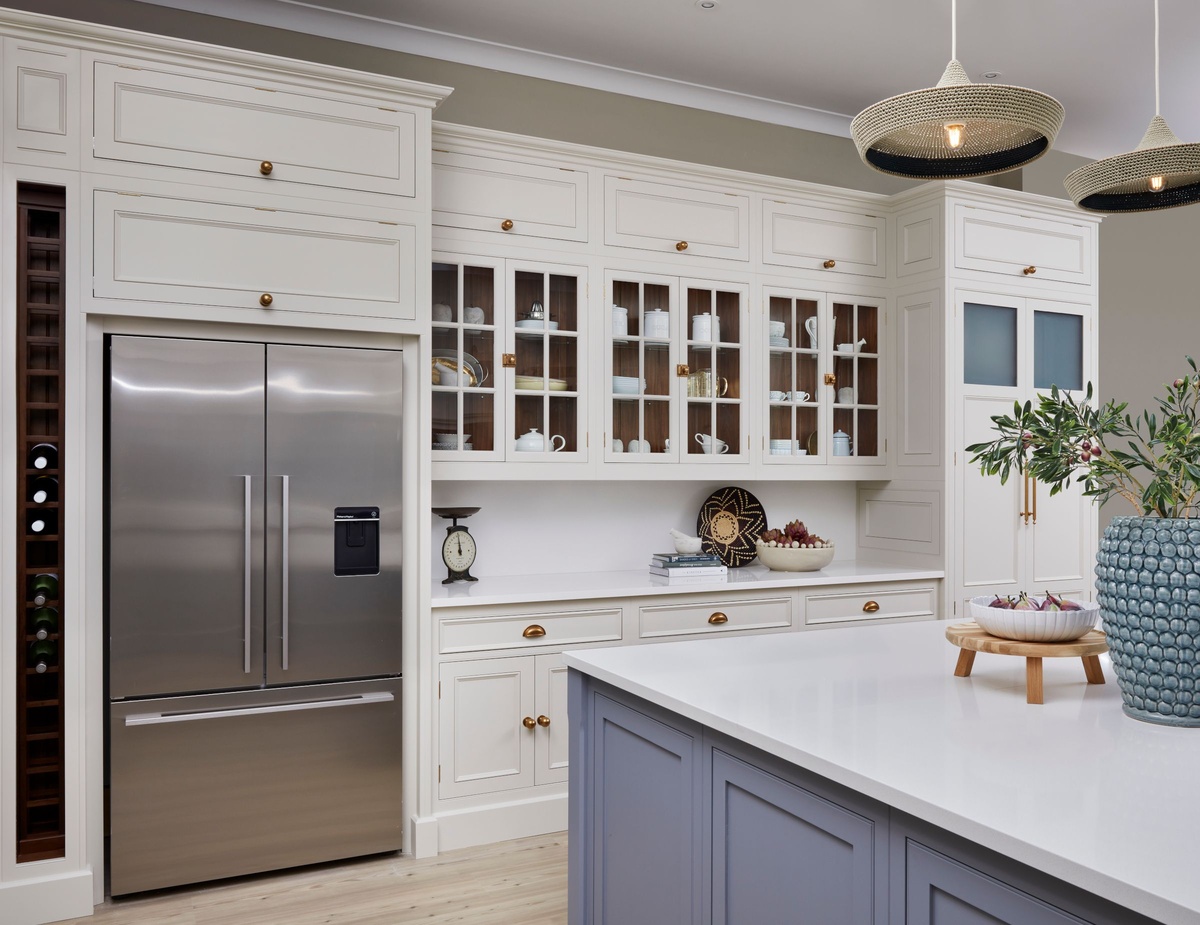
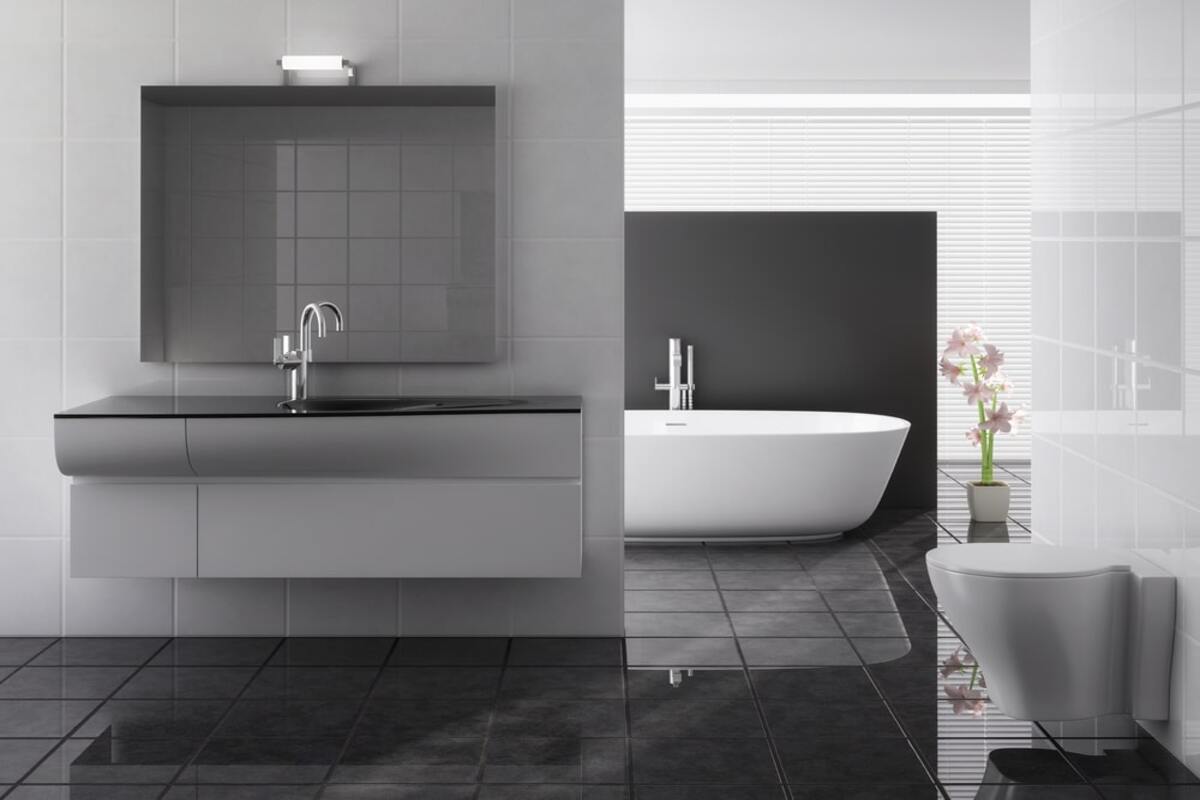
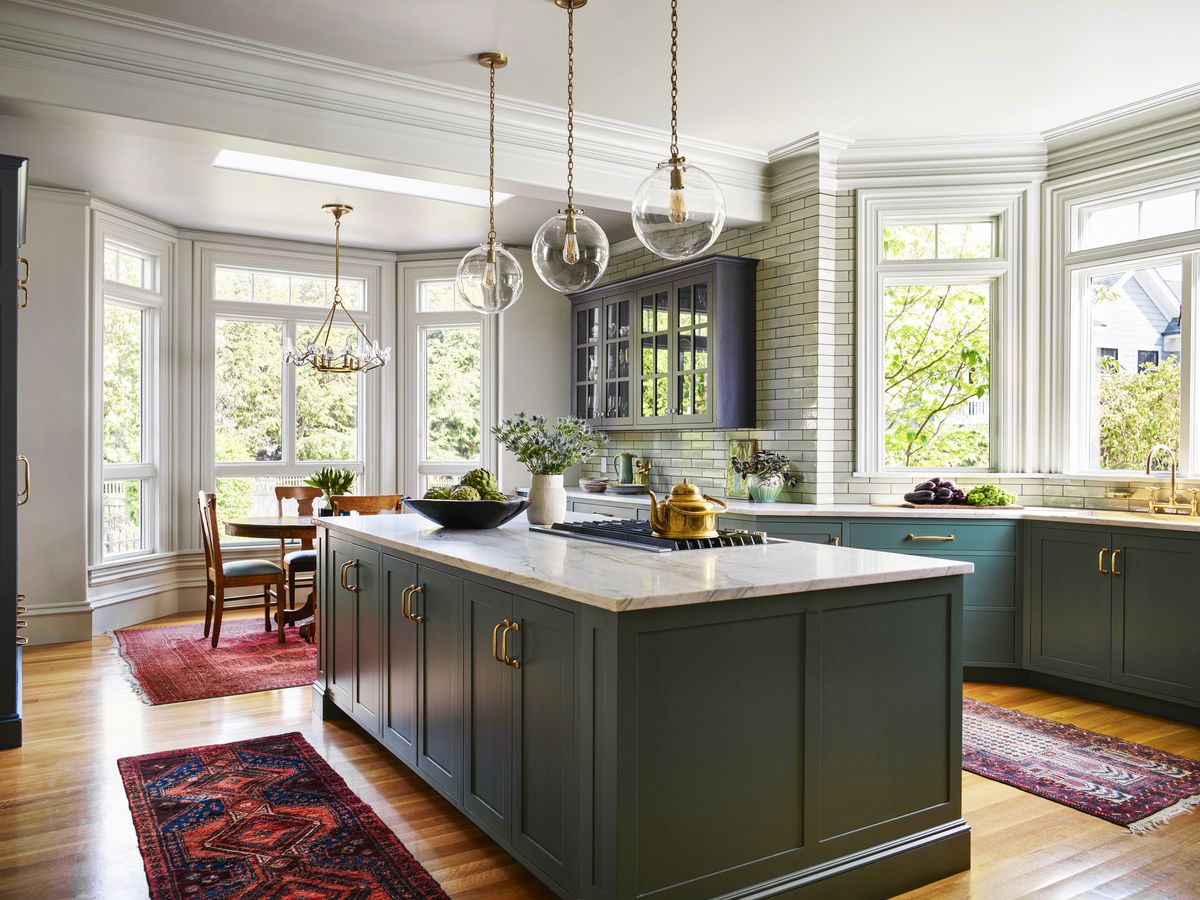

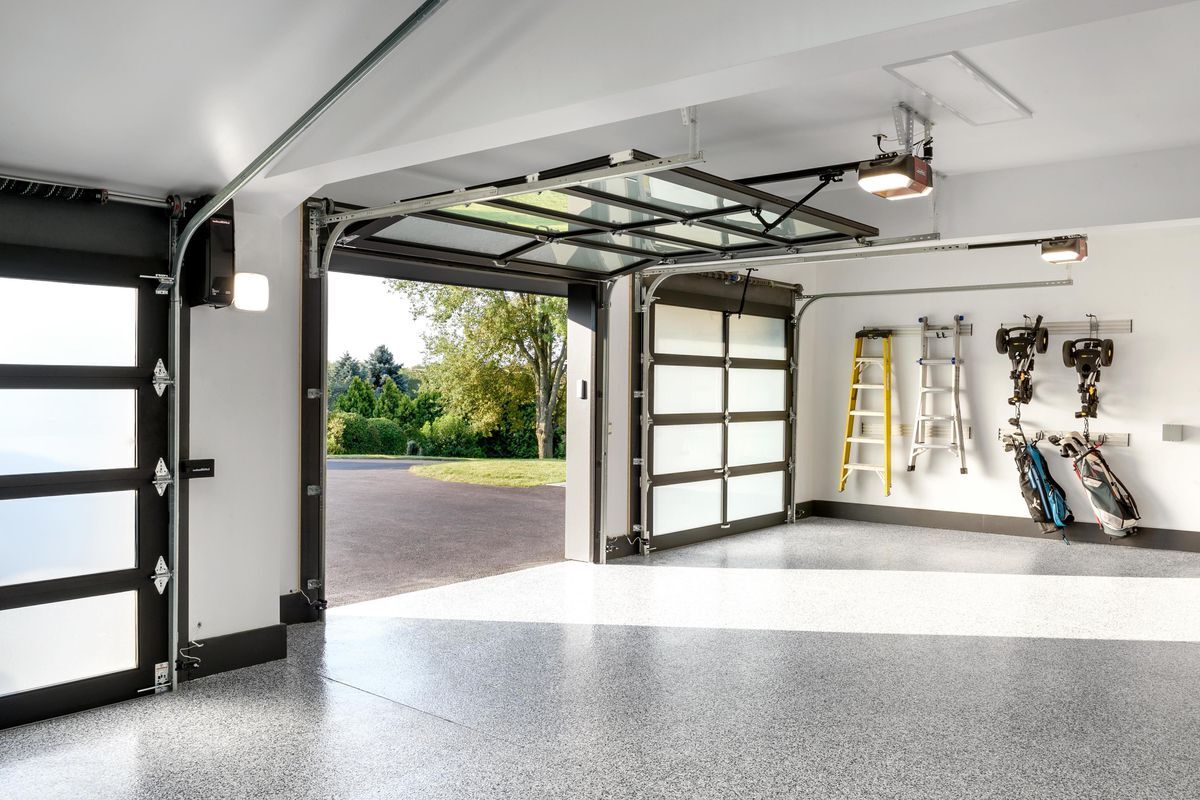
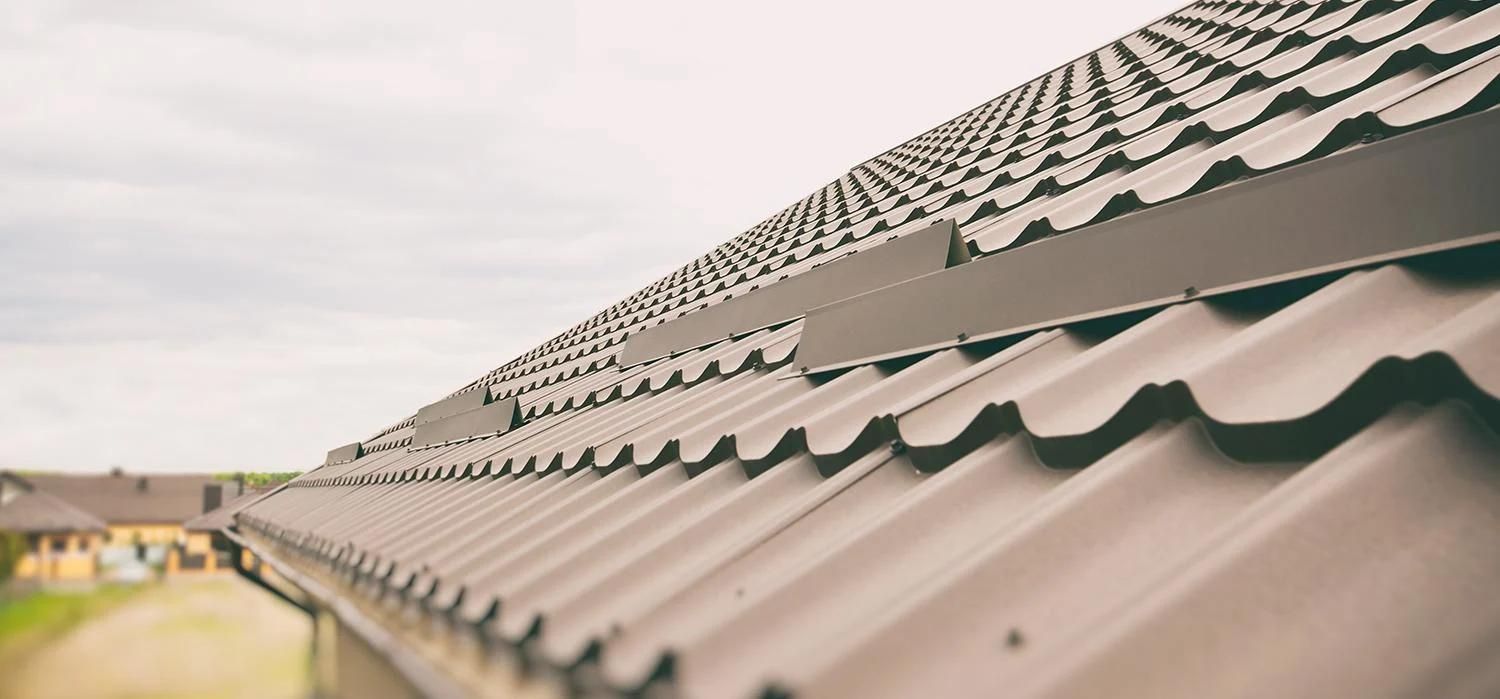
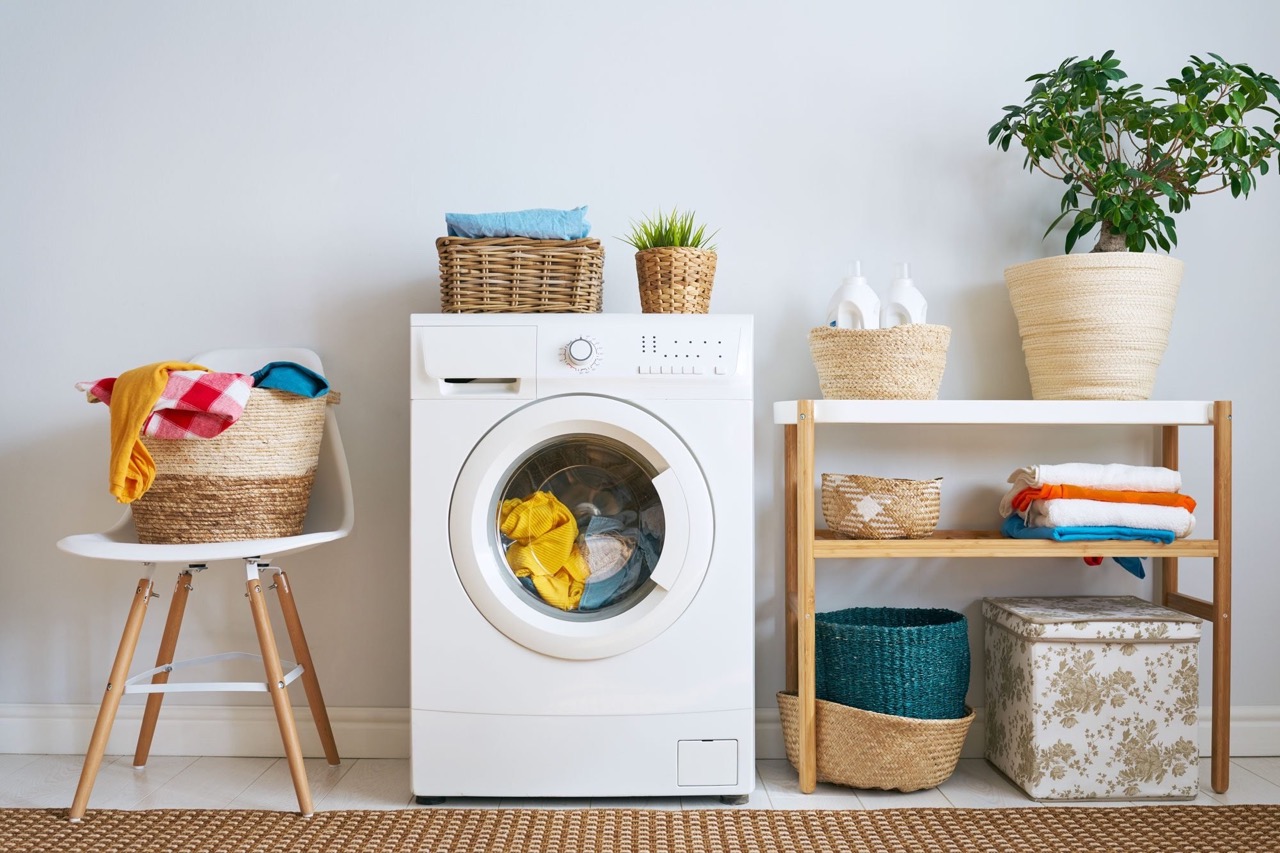
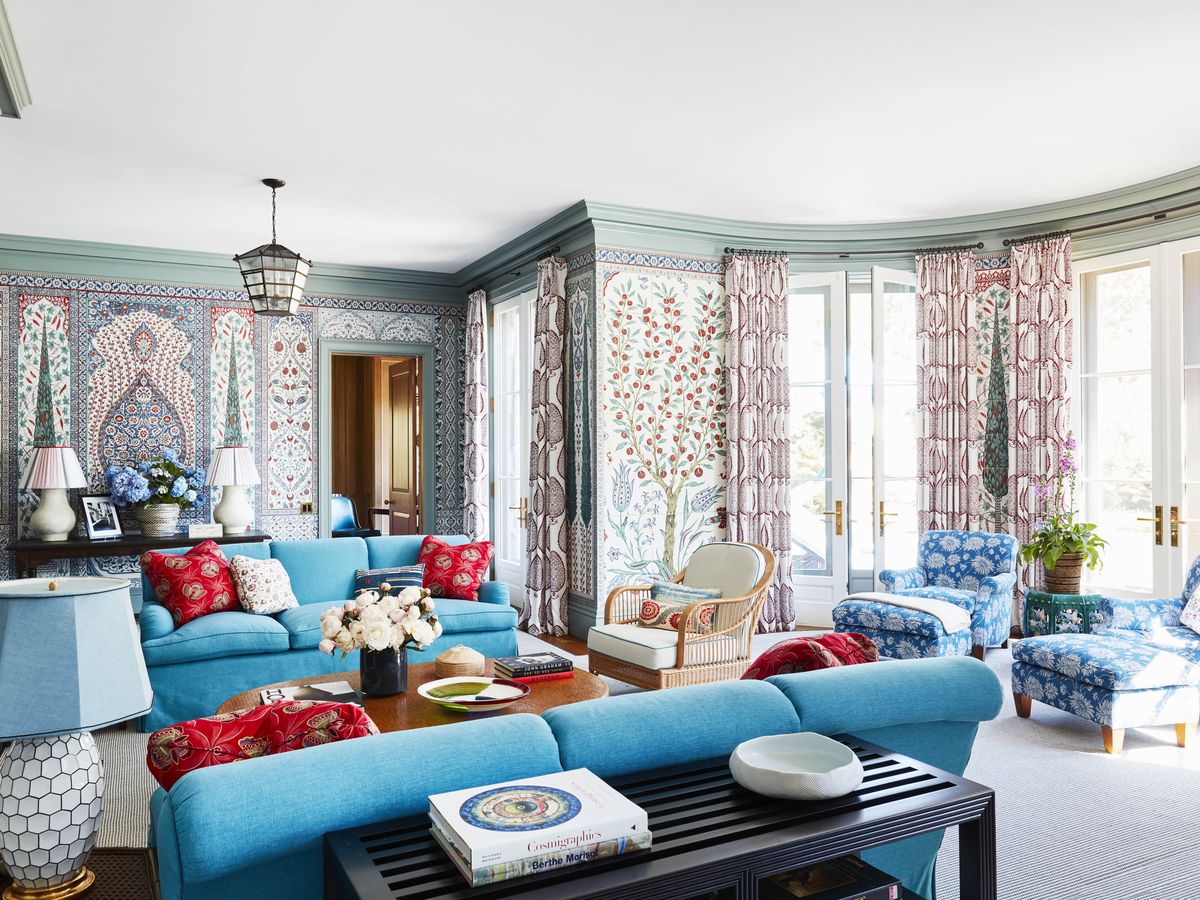
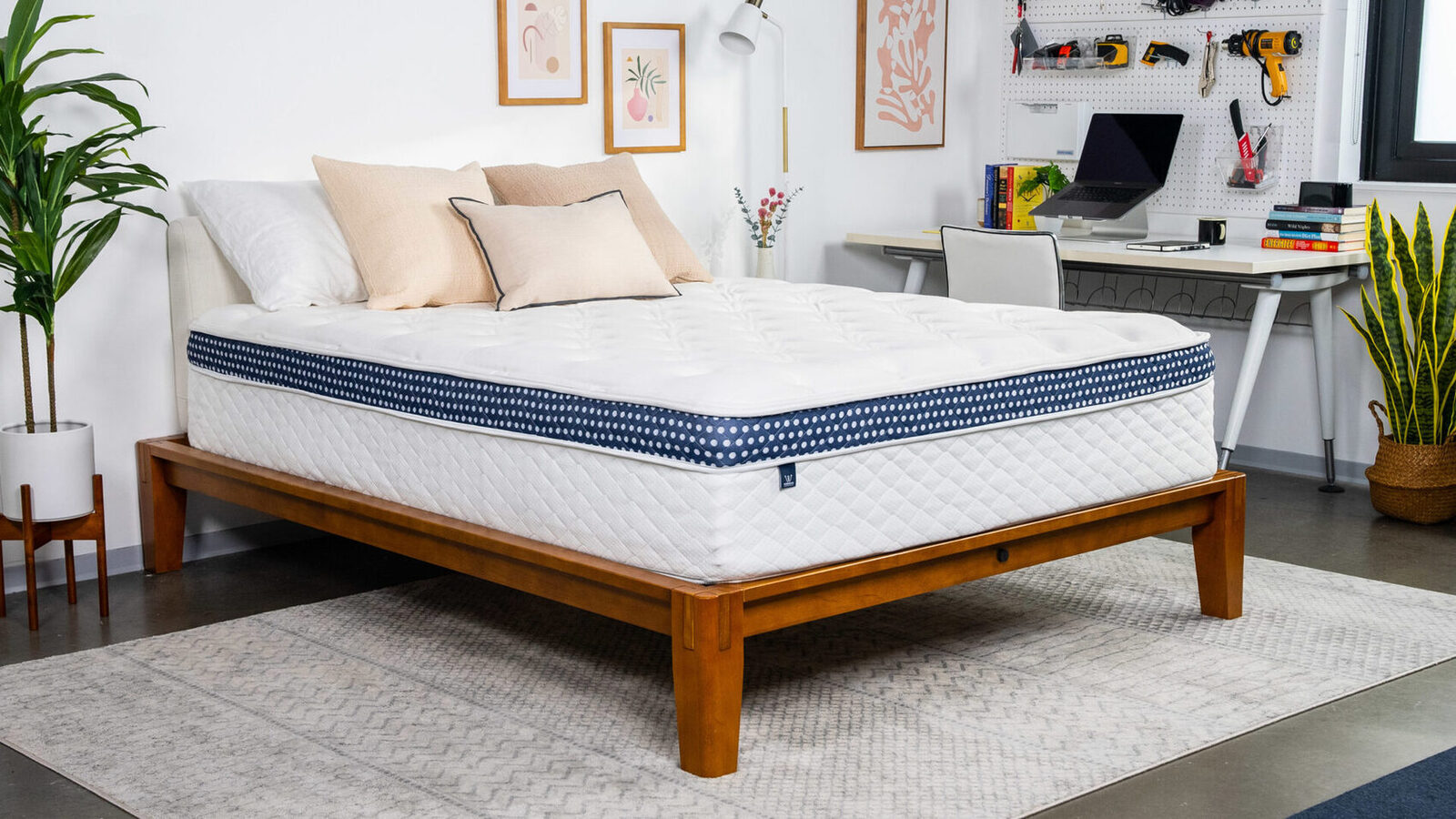

0 thoughts on “How To Mix Metals: Expert Tips For Combining Finishes Perfectly”